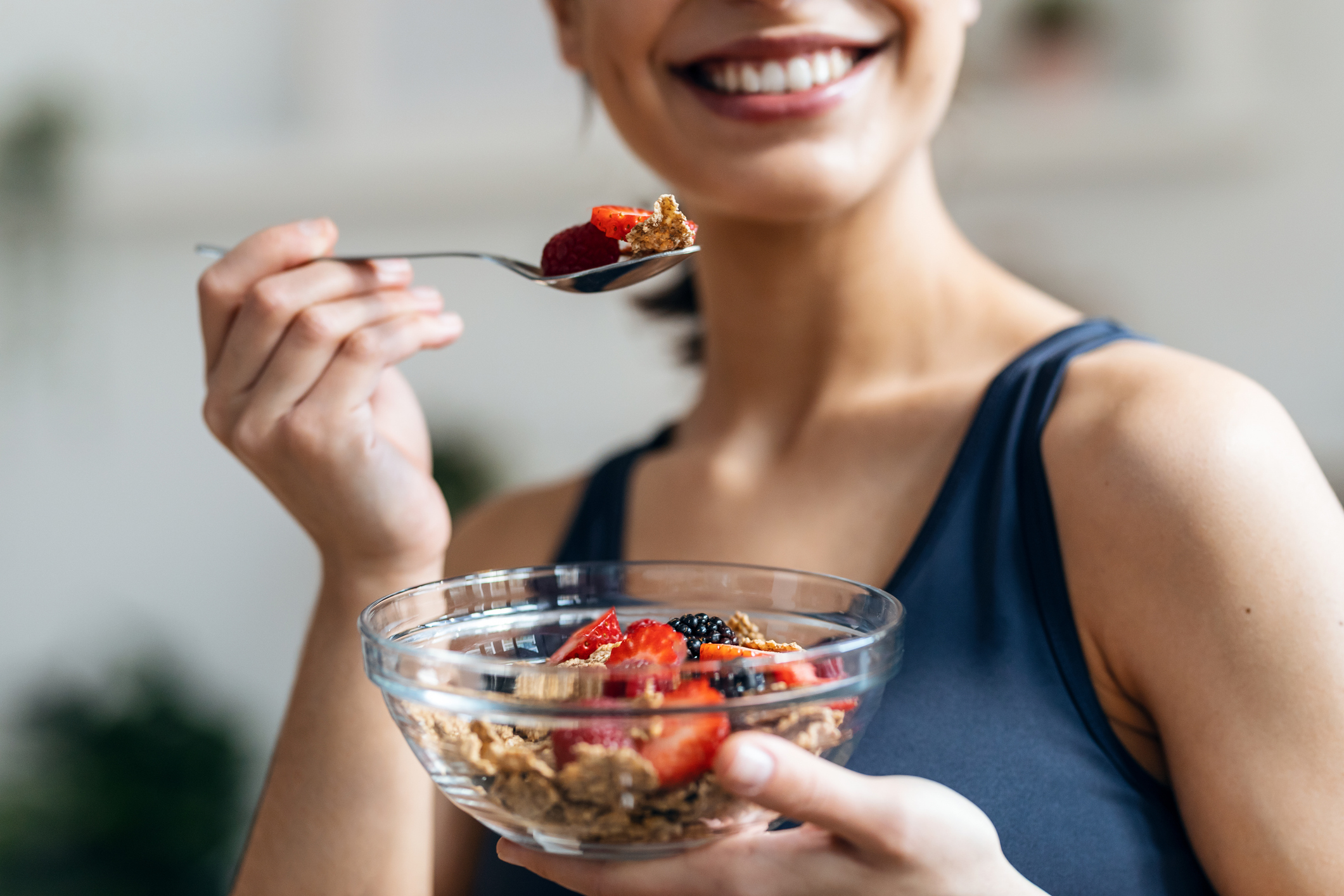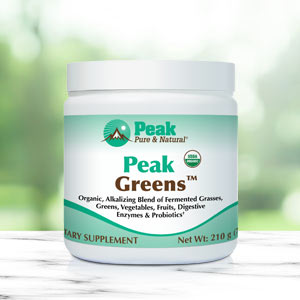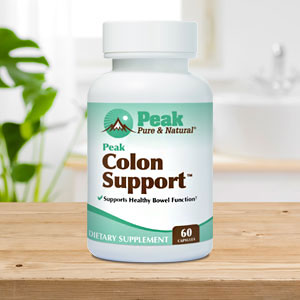Get Easy Health Digest™ in your inbox and don’t miss a thing when you subscribe today. Plus, get the free bonus report, Mother Nature’s Tips, Tricks and Remedies for Cholesterol, Blood Pressure & Blood Sugar as my way of saying welcome to the community!
The ‘More Fiber Diet’ just may be a panacea

Weight loss is a very difficult thing. What’s more, being overweight or obese can make exercising extremity difficult, and obesity plus lack of exercise leads to a host of serious health conditions including metabolic syndrome, type 2 diabetes, heart disease, depression, chronic pain, and premature death.
People struggle with diets and fads come and go, leaving most of us confused. The American Heart Association (AHA) set forth diet and lifestyle plan that is difficult for many to follow or maintain, with its whopping 13 components. A new study, however, shows so much promise with a single dietary change – consuming more fiber — that everyone should do it.
Fiber and what it does
Fiber, a vital piece of the wellness puzzle, is unique because our body needs it to be healthy yet it does not digest it. Fiber remains largely unchanged in our body, but it provides bulk, suppresses appetite, binds with cholesterol, lowers blood sugar and speeds removal of toxic wastes from the bowels, thereby reducing the risk of constipation, high blood sugar, hemorrhoids, diabetes, cholesterol, heart disease, and some cancers.
There are two kinds of dietary fiber, soluble and insoluble. Soluble Fiber forms into a gel-like substance in the stomach and creates bulk which not only binds fatty acids but also stabilizes blood sugar, slowing down the time it takes food to empty from the stomach and its sugars to break down. This is good news for diabetics, hypoglycemics and anyone looking to lose weight naturally. As such, soluble fiber reduces the risk of heart disease and diabetes while lowering LDL (bad) cholesterol.
Insoluble fiber passes through the digestive tract largely intact. It works to provide bulk to move toxic waste through your intestines, thereby aiding in digestion, promoting regular bowel movements and preventing constipation. Its bulk controls and balances pH (acid/alkaline balance) in the intestines, which helps reduce the risk of colon cancer. Insoluble fiber also helps bind cholesterol in the digestive tract, thus lowering cholesterol and the risk of heart disease, diabetes and colon, and rectal cancers.
Study: The “More Fiber Diet”
Most diets and dietary studies focus on many aspects, like counting calories and fats, time and frequency of eating, exercise and supplements as an adjunct to diet, and so on. Well, researchers at the University of Massachusetts Medical School wanted to determine whether a program focused on a single dietary change could result in collateral effects on other untargeted healthy diet components. The single dietary change they studied, was adding more fiber to the daily diet, without making other changes. The results are published in the Annals of Internal Medicine.
What’s more, researchers wanted to compare the results of their single-change “more fiber diet” to the 13-point American Heart Association (AHA) diet. To do this, they designed a randomized, controlled trial from June 2009 to January 2014, consisting of 240 adults with the metabolic syndrome. This means at study beginning all participants were overweight and had high blood pressure, high blood sugar, and high cholesterol. They then measured weight change after one year.
The results were astounding. At 12 months the mean average weight change in the “more fiber diet” group was a loss of 2.1 kg (4 pounds), while the AHA diet group lost an average of 2.7 kg (5 pounds). The one-pound difference is negligible.
The takeaway
The study showed that consuming just 30 g of fiber daily, with no other changes, allowed for as much weight loss as the multicomponent AHA program. This is important because, “a simplified approach to weight reduction emphasizing only increased fiber intake may be a reasonable alternative for persons with difficulty adhering to more complicated diet regimens,” the researchers noted. Importantly, however, the 30 g of fiber were derived from consuming whole fruits, vegetables and grains—and not dietary supplements.
Okay, so the “more fiber diet” isn’t really a panacea, but it does so many things to reverse poor health and restore optimal health. In addition to weight loss, a high-fiber diet prevents overeating by helping dieters feel satiated more quickly; it prevents type 2 diabetes; and it can reverse and prevent cardiovascular disease. Not too shabby and easy to do!
Below is a list of high fiber foods from different categories to help you find good-tasting ways to increase your fiber intake.
High-fiber foods by category
Legumes
- Navy beans – 19 g per cup – cooked
- Split peas – 16.3 g per cup – cooked
- Lentils – 15.6 g per cup – cooked
- Pinto beans – 15.4 g per cup – cooked
- Black beans – 15 g per cup – cooked
- Lima beans – 13.2 g per cup – cooked
- Kidney beans – 13 g per cup – cooked
Vegetables
- Soybeans – 10.3 g ½ cup – cooked
- Artichokes – 10.3 g per medium veg – cooked
- Winter squash – 5.7 g cup – cooked
- Broccoli – 5.1 g per cup – boiled
- Brussel’s sprouts – 4.1 g per cup – boiled
Fruits
- Raspberries – 8 g per cup – raw
- Blackberries – 7.6 g per cup – raw
- Avocados – 6.7 g per half – raw
- Pears – 5.5 g per medium – raw
- Banana – 3.1 g medium – raw
Grains
- Bran flakes – 7 g per cup – raw
- Pearled barley – 6 g per cup – cooked
- Quinoa – 5 g per cup – cooked
- Oatmeal – 4 g per cup – cooked
- Wild rice – 3 g per cup – cooked
- Barley – 3 g per cup – cooked
Editor’s note: Regain your health and enjoy a full, vibrant life by defeating the real culprits of premature aging and sickness — excessive, damaging acid in your body! The truth is when you’re alkaline, wellness thrives and sickness takes a dive. Click here to discover The Alkaline Secret to Ultimate Vitality!
Sources:
The American Heart Association’s Diet and Lifestyle Recommendations
Single-Component Versus Multicomponent Dietary Goals for the Metabolic Syndrome














